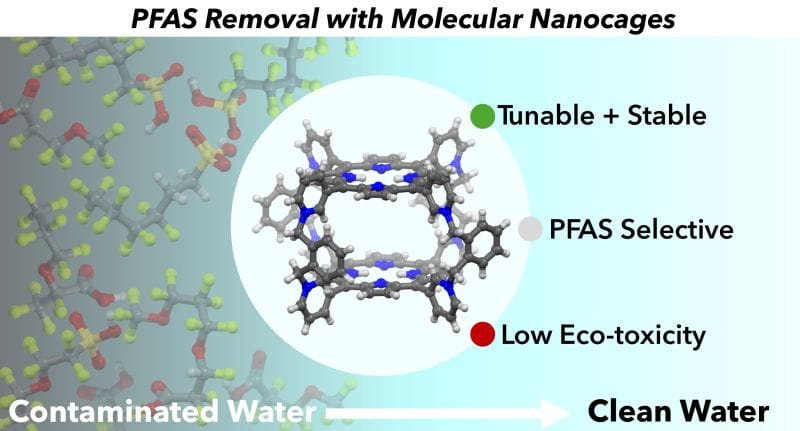RSS Feed Source: MIT Technology Review
The manufacturing industry is at a crossroads: Geopolitical instability is fracturing supply chains from the Suez to Shenzhen, impacting the flow of materials. Businesses are battling rising costs and inflation, coupled with a shrinking labor force, with more than half a million unfilled manufacturing jobs in the U.S. alone. And climate change is further intensifying the pressure, with more frequent extreme weather events and tightening environmental regulations forcing companies to rethink how they operate. New solutions are imperative.
Meanwhile, advanced automation, powered by the convergence of emerging and established technologies, including industrial AI, digital twins, the internet of things (IoT), and advanced robotics, promises greater resilience, flexibility, sustainability, and efficiency for industry. Individual success stories have demonstrated the transformative power of these technologies, providing examples of AI-driven predictive maintenance reducing downtime by up to 50%. Digital twin
Click this link to continue reading the article on the source website.



